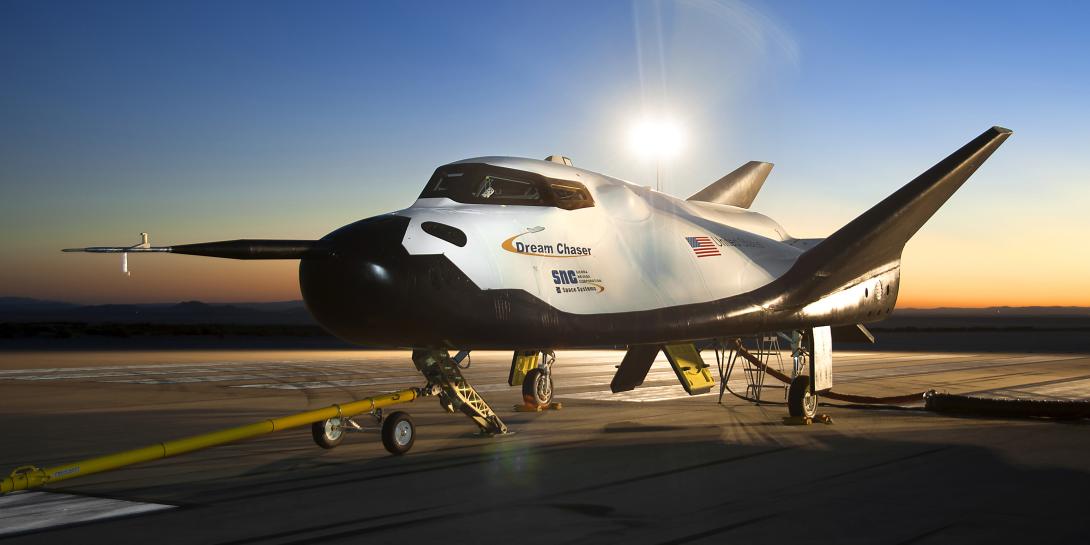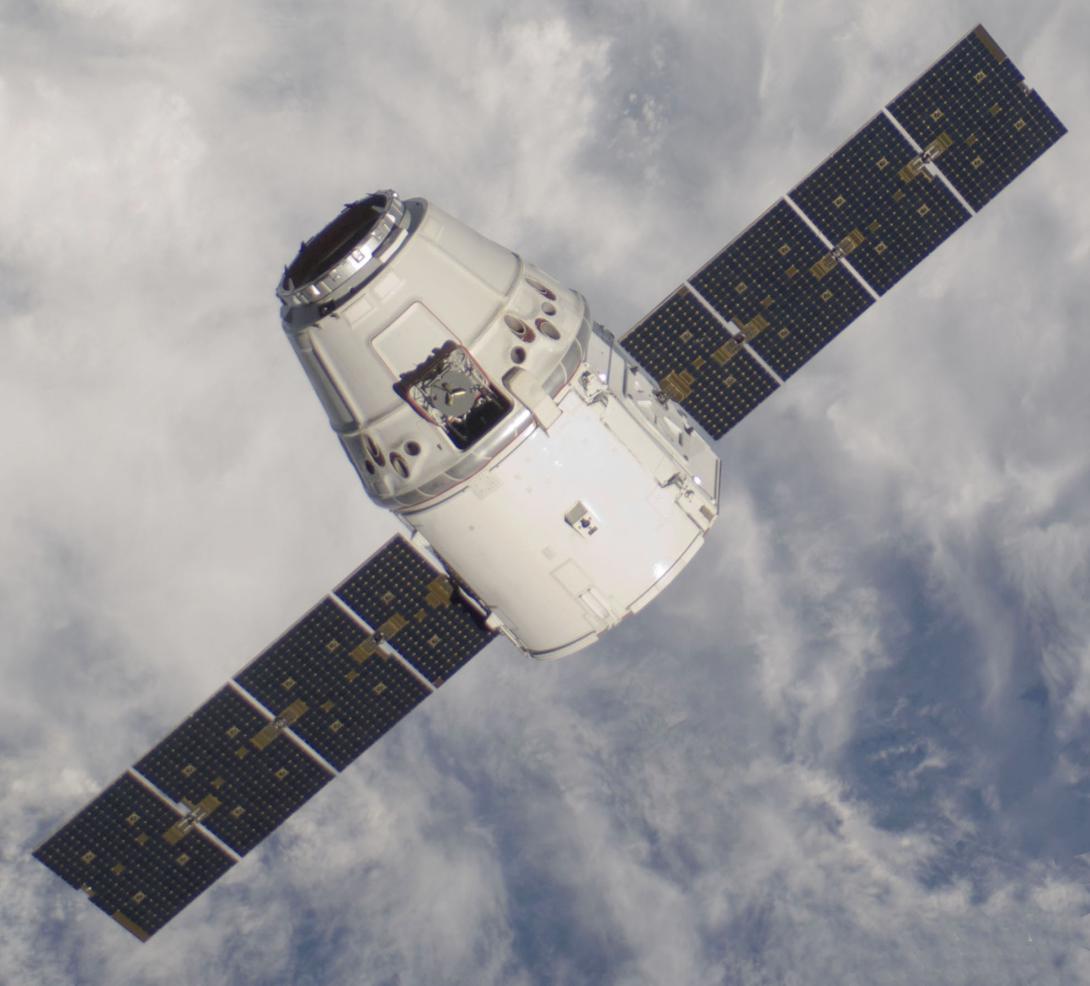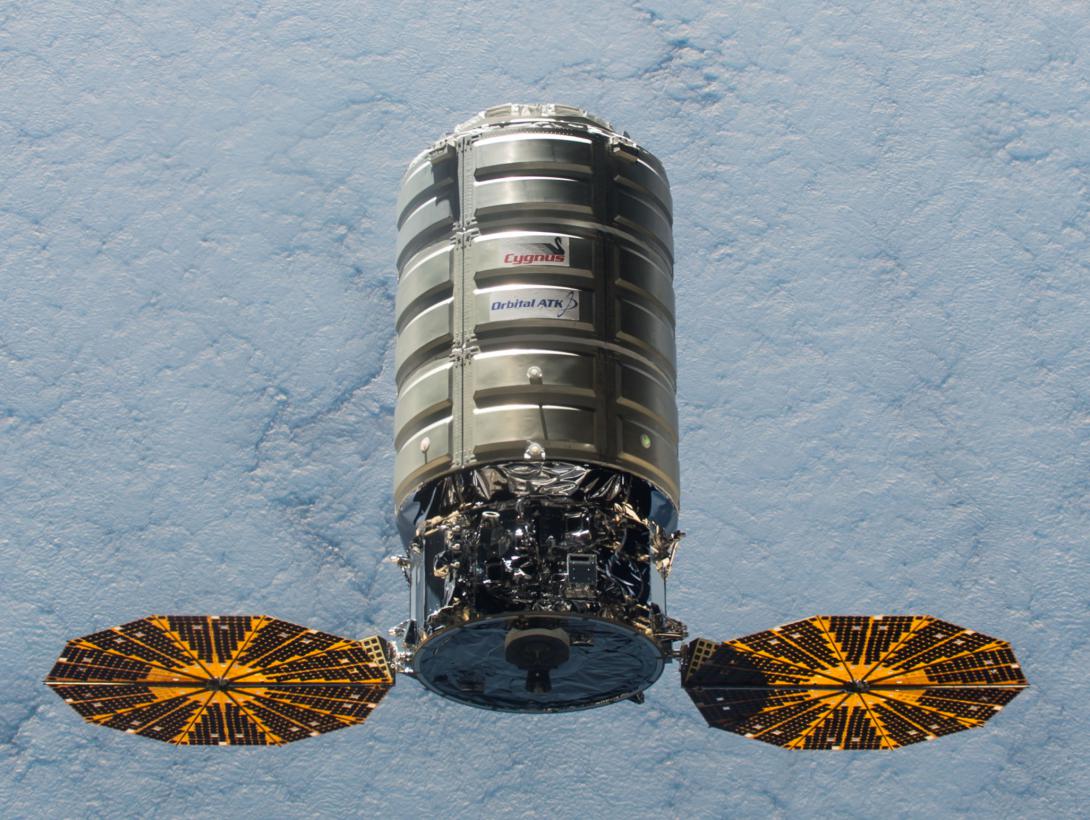NASA Adds Mini-Shuttle to Space Station Supply Vehicles
Winged spacecraft are returning to NASA’s runways as the space agency awards three contracts to U.S. companies to launch cargo to the International Space Station. One of those contracts goes to Sierra Nevada Corporation for six launches of its Dream Chaser spacecraft, a small reusable winged vehicle that can land on airport runways.
The commercial resupply services (CRS-2) contracts call for 18 launches divided evenly among Sierra Nevada, SpaceX and Orbital ATK. SpaceX and Orbital ATK already have launched unmanned resupply missions to the International Space Station, and the CRS-2 adds Sierra Nevada to the mix of commercial cargo spacecraft. After visiting the station, Orbital ATK's Cygnus is destroyed on reentry, while Dragon and Dream Chaser are reusable. Dream Chaser will glide to a gentle landing on a conventional runway, which makes it more suitable for returning fragile experiments to Earth, according to NASA officials.
SpaceX launches its Dragon atop the company’s Falcon rocket from Cape Canaveral, Florida. Orbital ATK launches its Cygnus atop either an Atlas V rocket from Cape Canaveral or its own Antares rocket from Wallops Island, Virginia. Sierra Nevada could launch Dream Chaser atop any of a number of launch vehicles, including Ariane 5 and Atlas V.
The SpaceX Dragon is a variant of one of two vehicles chosen for NASA’s commercial crew program—the other being Boeing’s CST Starliner. Sierra Nevada’s Dream Chaser had received funding and was in the running for the crewed program until NASA down-selected the SpaceX and Boeing vehicles.
Each of the three contracts guarantees a minimum of six cargo resupply missions from its awarded carrier. Each contract offers a menu of mission options at fixed prices, and each task order has milestones with specified amounts and performance dates. NASA has not yet ordered any missions, but the three contracts offer a potential value of $14 billion for 18 missions through 2024.







Comments